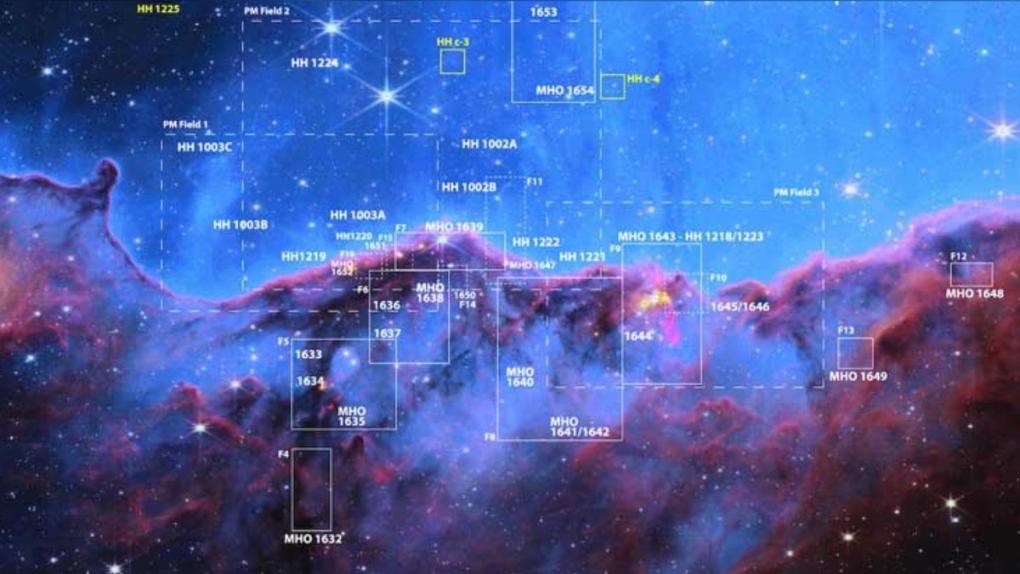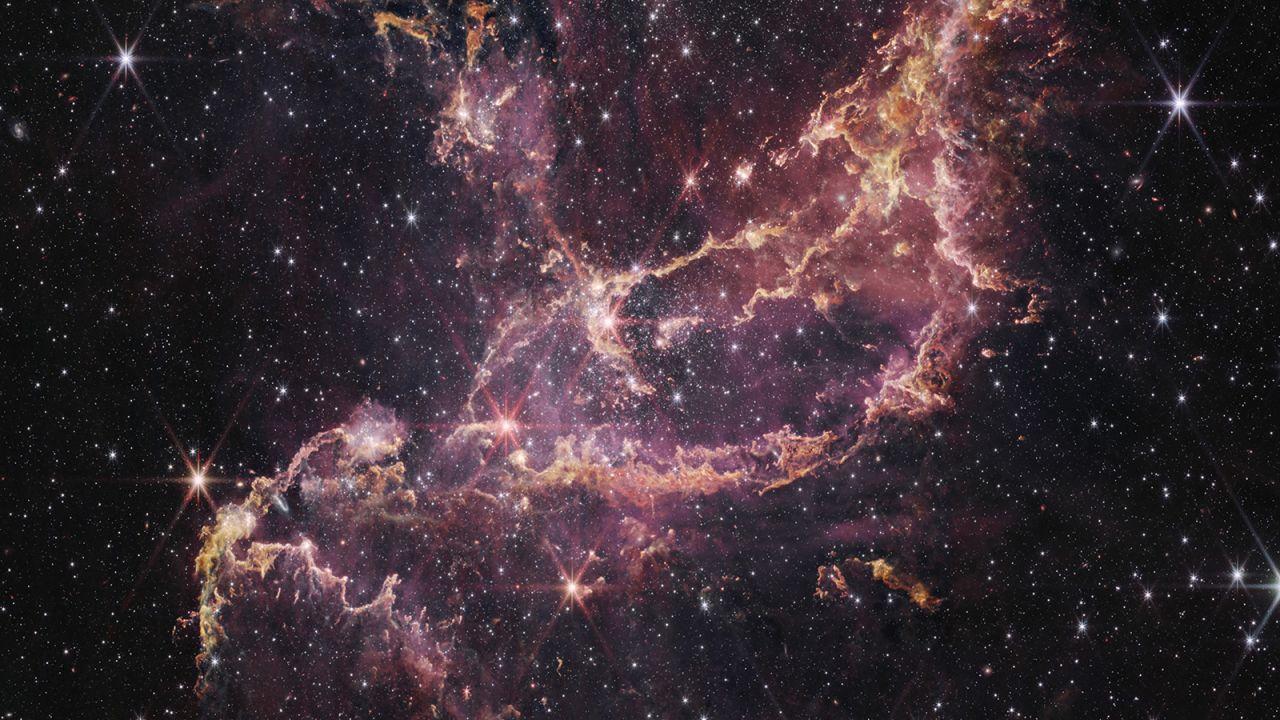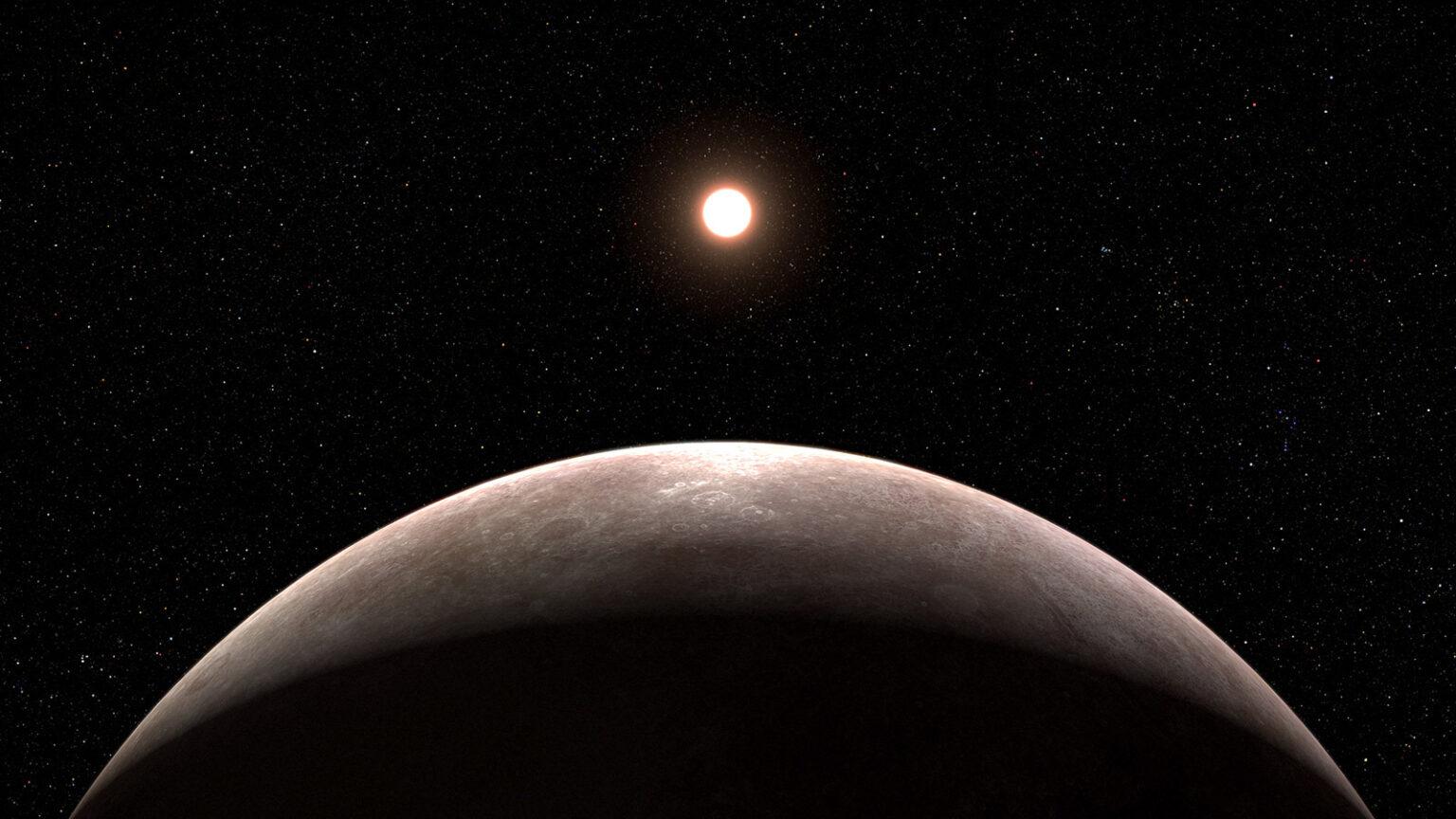The recently launched James Webb Space Telescope - a high-resolution camera capable of capturing far more detail about space than ever before - has discovered its first planet. And as a striking fact, experts say it has surprising similarities with Earth. However, the "Exoplanet", named LHS 475 b, contains information that could change astronomers' understanding of the universe. (The Webb telescope, launched on Christmas 2021, orbits the sun about a million miles from Earth. It was designed to capture images too faint or distant for the Hubble telescope.)
Also See: Apple Introduces M2 Pro And M2 Max
Exoplanet

LHS 475 b is almost exactly the size of Earth. It's 41 light-years away in the constellation Octans. And because it is outside our solar system, it is known as an exoplanet. This week, NASA released the latest photo taken with the telescope that captured a star formation region known as NGC 346. It's located about 160,000 light-years from the Milky Way, inside a dwarf galaxy called the Small Magellanic Cloud, and it holds some important information. Like clues about life as we know it.
For most telescopes, Earth-like planets are harder to detect because they are much smaller. And less than a tenth of their diameter. Previous research with NASA's Transiting Exoplanet Survey Satellite, another space-based telescope launched in 2018 specifically to search for exoplanets, had shown that there could possibly be a planet candidate in this system. JWST was able to confirm the planet's existence from observations made in August and September 2022.
JWST's Discovery of This Planet Indicates It May Find More Earth-Like Planets in the Future

so much so that the fact that JWST was able to detect this planet suggests that it should be able to detect more Earth-like planets in the future. And even more than that, it should be able to detect their atmospheres. This is something that other telescopes cannot do with planets of this size. The ultimate goal of most current exoplanet research is to understand the atmospheres around exoplanets. To better understand whether some planets are habitable, astronomers need to study their atmospheres. Because this can have a profound impact on factors such as surface temperature.
Although JWST should be able to detect exoplanet atmospheres, the mission remains challenging. Exoplanets are much smaller than stars. And they emit much less light, so they are rarely detected directly. Instead, astronomers study their host stars and look for small deviations in their brightness or motion that indicate the presence of a planet orbiting them.
Lustig-Yaeger explained that given these conditions, JWST can only detect the atmospheres of rocky planets orbiting very small stars called red dwarfs. In some ways, since these rocky worlds are similar in size to Earth, this is good for hunting for habitable planets. However, such planets orbit much closer to their stars than Earth orbits around the sun and are therefore much hotter. When a planet gets this close to its host star, its atmosphere can be stripped away by the star's heat and radiation.
JWST Observes Two Transitions
In the case of the recently discovered exoplanet LHS 475 b, JWST observed two transits (where the planet passes in front of its host star, causing a temporary and very small decrease in the star's brightness). Both confirmed that the planet exists. And it allowed the team to calculate its radius. They also used a method called transmission spectroscopy to look at its atmosphere. And while they couldn't confirm exactly what the atmosphere is, they were able to rule out several options. The findings show that the planet doesn't have a hydrogen-dominated atmosphere like Jupiter or an atmosphere of pure methane. It could possibly have a thick carbon dioxide atmosphere like Venus or no atmosphere at all.
Researcher Erin May said in a statement, "The observatory's data is beautiful. The telescope is so sensitive that it can easily detect a range of molecules. But we can't yet draw firm conclusions about the planet's atmosphere."
The research team has another observation this summer using JWST that will help them learn more about the planet. And the research shows just how powerful JWST is for learning about exoplanets:





No comments yet for this news, be the first one!...